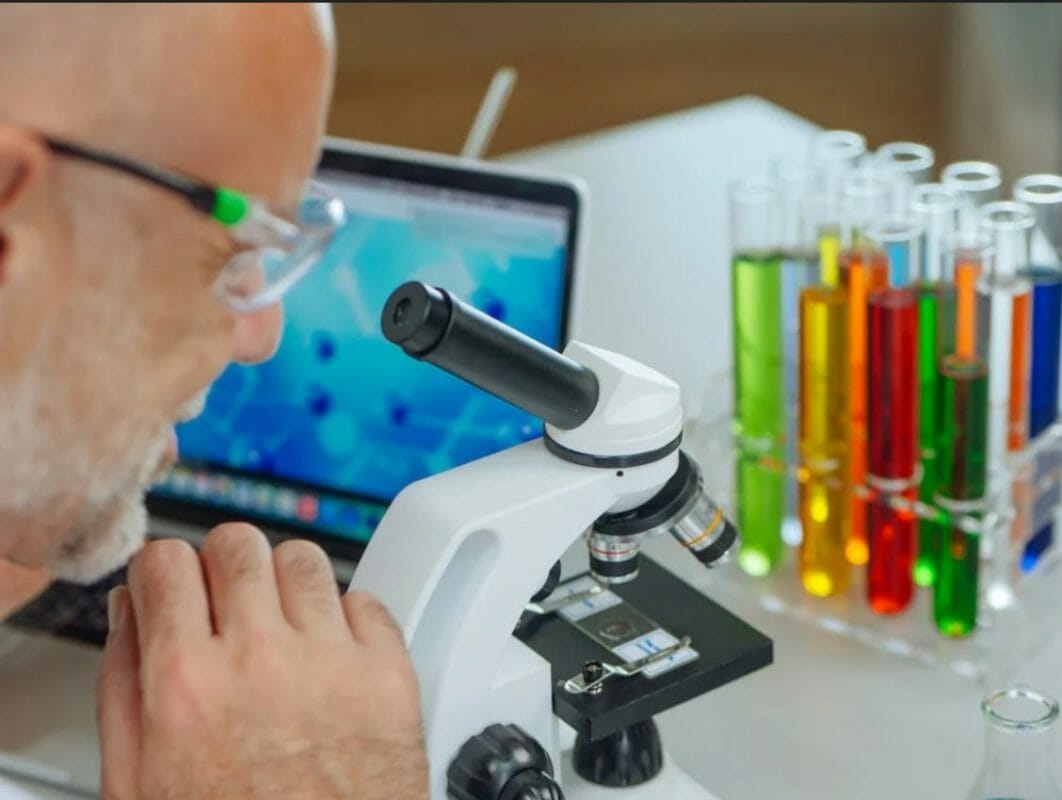A cleanroom is a controlled environment designed to minimize the presence of airborne particles and contaminants, making it crucial for industries such as pharmaceuticals, biotechnology, microelectronics, and aerospace.
According to GlobeNewswire, in 2021, the global cleanroom technology market was valued at USD 4.4 billion, and it is expected to reach USD 9.7 billion by 2032, exhibiting a 7.6% compound annual growth rate (CAGR). The anticipated increase in the establishment of cleanroom facilities is poised to drive market growth for cleanroom technologies worldwide.
However, the seamless functioning of a cleanroom is paramount to ensure product quality, research integrity, and the safety of personnel. To achieve and sustain the pristine conditions required, a comprehensive maintenance strategy is essential.
In this article, we present eight indispensable tips to help you uphold the optimal functionality of your cleanroom.
1. Cleaning and Disinfecting the Cleanroom Regularly
A well-defined cleaning schedule should be established for your cleanroom to systematically eliminate particles and contaminants from surfaces and equipment. It is crucial to employ approved cleaning agents and disinfectants specifically designed for cleanroom use to ensure the highest level of cleanliness and sterility.
CHEManager notes that numerous widely used disinfectants often leave substantial residues on surfaces, which can adversely impact the efficacy of the disinfectant itself.
This aspect is recognized in the new GMP Annex 1, which emphasizes the importance of prior cleaning to eliminate surface contamination for disinfection to be truly effective. Cleaning programs are expected to efficiently remove any traces of disinfectant residues, ensuring a thorough and successful disinfection process.
2. Maintaining Airflow and Pressure Control
Maintaining precise airflow and pressure control is critical for a cleanroom’s functionality. Regularly monitoring and adjusting these factors ensures efficient air circulation and contamination management.
Adherence to the required positive or negative pressure, as dictated by the cleanroom classification, safeguards the controlled environment from external particulate intrusion and prevents the escape of sensitive particles.
Additionally, Cleanroom Technology states that installing air return ducts at a lower level or on the wall improves air quality significantly. Properly functioning air return systems result in cleaner, fresher, and cooler air within the cleanroom.
Conversely, air returns located in the ceiling tend to lead to low-quality air due to inefficient air distribution, attracting contaminants and undermining the cleanroom’s purpose.
Maintaining good air quality is crucial in an enclosed environment like a cleanroom, not only to prevent contaminants but also to create a more comfortable working environment for cleanroom personnel.
3. Selecting and Maintaining Cleanroom Equipment
Cleanroom equipment plays a pivotal role in the precise functioning of a controlled environment. It involves choosing suitable cleanroom supplies like laminar flow benches, fume hoods, and pass-through chambers, all meeting strict cleanroom classification requirements and contamination control standards.
Regular maintenance and calibration are also essential to ensure consistent performance and accurate results in a cleanroom.
American Cleanroom Systems notes that investing in high-quality cleanroom equipment and diligent upkeep enhances the cleanroom’s overall efficiency, contributing to its ability to uphold stringent cleanliness standards and safeguard critical processes within the facility.
4. Personnel Training and Protocols
Thoroughly train cleanroom personnel in appropriate gowning procedures, aseptic techniques, and contamination prevention measures to ensure their understanding and compliance.
Strict protocols for entering and exiting the cleanroom are essential to minimize the introduction of particles and contaminants.
By empowering staff with the necessary knowledge and adhering to stringent protocols, cleanroom operators can effectively safeguard the controlled environment required for precision and contamination control.
5. Regular Filter Replacement
Scheduling timely replacements and maintenance for air handling units (AHUs) and HVAC systems ensures efficient removal of particles and contaminants in the cleanroom.
Adherence to manufacturer guidelines for filter selection and replacement intervals guarantees optimal performance, preventing potential disruptions in the cleanroom environment.
6. Proper Material Handling and Storage
Effective material handling and storage are critical in a cleanroom environment to prevent contamination and cross-contamination. By establishing meticulous protocols for receiving, handling, and storing materials and supplies, the risk of introducing particles or contaminants can be minimized.
Utilizing closed containers and designated storage areas ensures that materials are protected from external elements and potential sources of contamination.
7. Monitoring and Trend Analysis
Employing real-time monitoring systems allows for continuous tracking of crucial parameters, including temperature, humidity, and particle counts. Analyzing data trends can help in swiftly identifying and removing potential anomalies. Thus, enabling proactive measures to maintain optimal cleanroom conditions.
Timely interventions based on trend analysis contribute significantly to contamination control, ensuring the cleanroom operates within the desired parameters. With a proactive approach to maintenance driven by data-driven insights, the cleanroom’s functionality and adherence to industry standards can be effectively upheld.
8. Regular Audits and Validation
Regular audits and validation are essential in maintaining a well-functioning cleanroom. Through routine assessments, cleanroom performance and adherence to industry standards and regulations are evaluated.
Identifying any deviations promptly allows for immediate corrective actions, safeguarding the cleanroom environment’s integrity.
These systematic checks ensure that contamination control measures remain effective. Thus providing confidence in the cleanroom’s ability to meet stringent requirements for quality, safety, and precision in critical processes across various industries.
Conclusion
Maintaining the proper functioning of your cleanroom is imperative for industries reliant on a controlled environment. By following these eight essential tips, you can uphold the pristine conditions necessary to ensure product quality, research integrity, and personnel safety.
With a well-executed maintenance strategy, your cleanroom will continue to serve as a crucial cornerstone in achieving excellence within your industry.
